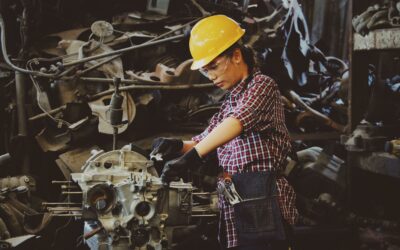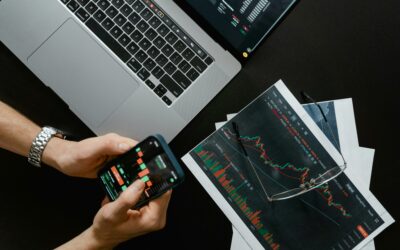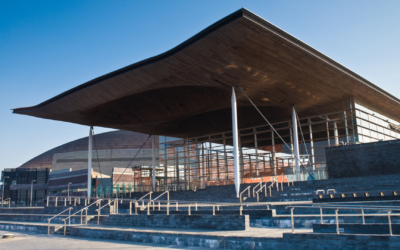 Economy
Economy 
Circular Economy Models are part of the solution to the cost of living crisis, argues Robbie Davison, Managing Director of Can Cook/Well Fed.
The cost-of-living crisis is here and deepening. It is likely to be so cataclysmic, that it will sink households previously (just) staying afloat. It could become a crisis in scale not seen in modern times. A crisis caused by shifts so big and unwieldy that our economy is now ajar, open to the burden of massive costs being served up without form or structure.
As a society, we are vulnerable and we will require solutions that can move beyond charity, to utilise existing resources in creative, but no less, practical ways. These solutions exist; however, the growth of ideas will rely on the choices of national or regional governments and those local agents who are in in a position to initiate change. Thereafter, it is incumbent on social businesses like us, to fulfil our roles as innovators, and apply business models that are commercial, structural, social, sustainable and always focused on the sort of solutions that can release the burden of struggle for those who are vulnerable.
The challenge facing us
At Well-Fed, food, food supply and food poverty are things we know a great deal about.
As we go about our lives, food underpins everything we do and regardless of what is going on. We all operate around breakfast, lunch and dinner – It is how we time our days.
To satisfy us, food is in plentiful supply and in quantities more than enough to feed everyone. Yet we have food poverty, and if we assess the mire of what is coming next and described above, we are about to see much more food poverty. So, how will households cope?
The UK wastes 2.5m tonnes of reusable food every year yet, in the same year, over 5 million mouths go hungry. In Wales (and this is before we factor the cost-of-living issues), over 700,000 people live in poverty. There is a clear mismatch between supply and demand.
The role of Circular Economy Models
In this mismatched space, much is made of the potential of Circular Economy Models’ ability to re-use, innovate, commercialise and socialise products and resources. Useful only if they can offer viable solutions, Circular Economy Models are able to join the dots and aggregate supply and demand, in ways so far not achieved. Put simply, they can transform, they can solve, but they need help.
Societal problems cost the Welsh economy billions of pounds each year, yet the funding available to transform and solve is miniscule in response. Also, this funding is in the wrong shape, offering only small grants in comparison to the problem, encouraging company debt and avoiding the more progressive routes to fund, such as ‘patient equity’.
Social problems are a burden to us all and social solutions are more expensive and complicated to deliver than straightforward private business. Yet, the levels of resource and how it is applied, favour the private enterprise with no other commitment to do anything beyond satisfying shareholders.
If we are to face up to the cost-of-living crisis, and if we are to protect those who are most at risk, there has to be much better support for socially based solutions and a move away from constantly re-stating the problems, as if someone or something will make them disappear.
To do so, Circular Economy Models need to be prioritised by both local and national governments and be trusted with the requisite resources to make the difference. If this happens, problems such as food poverty can be a thing of the past.
There are strong Circular Economy Models ready to deliver, let’s see if the key decision makers are ready also.
Robbie Davison, Managing Director of Can Cook/Well Fed an organisation providing meal solutions to housing associations, schools, nurseries.


